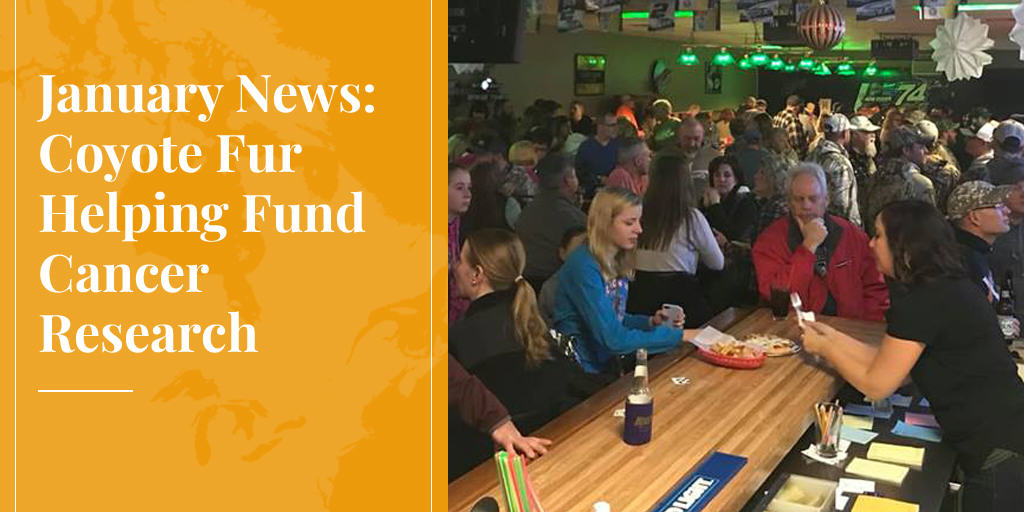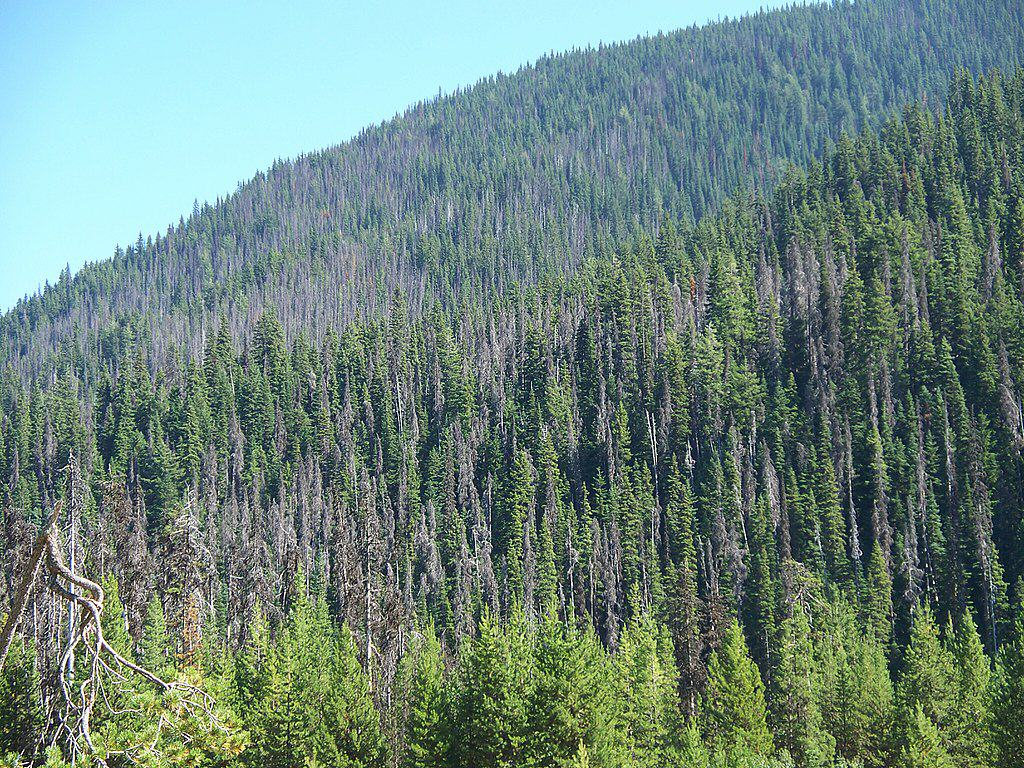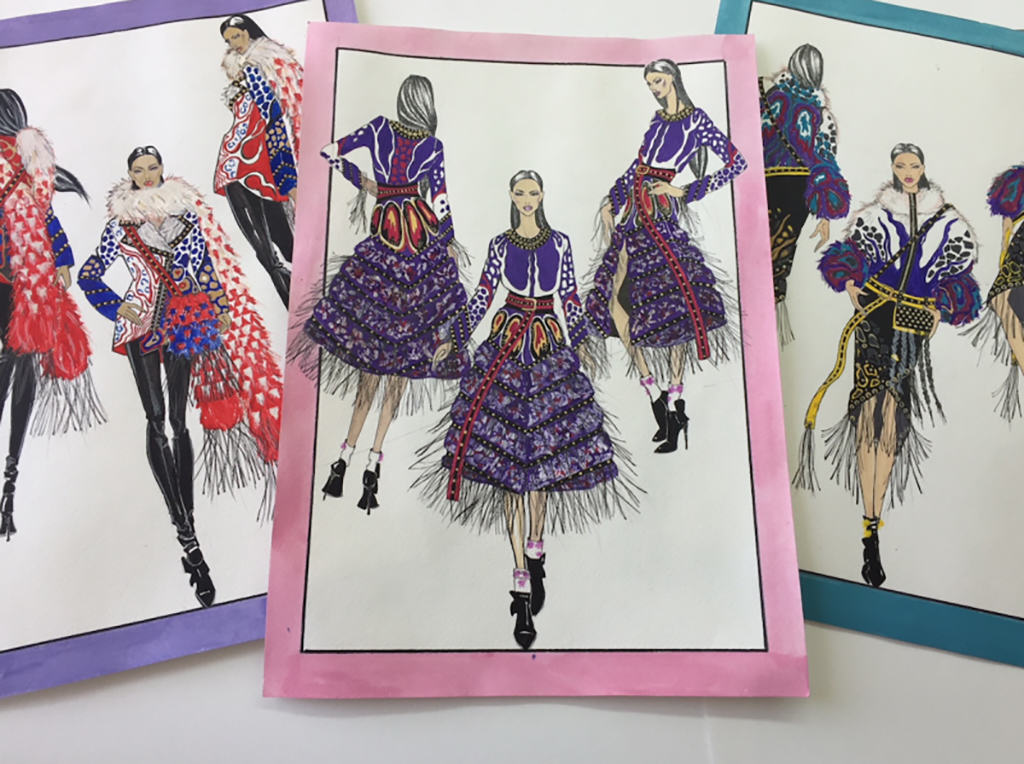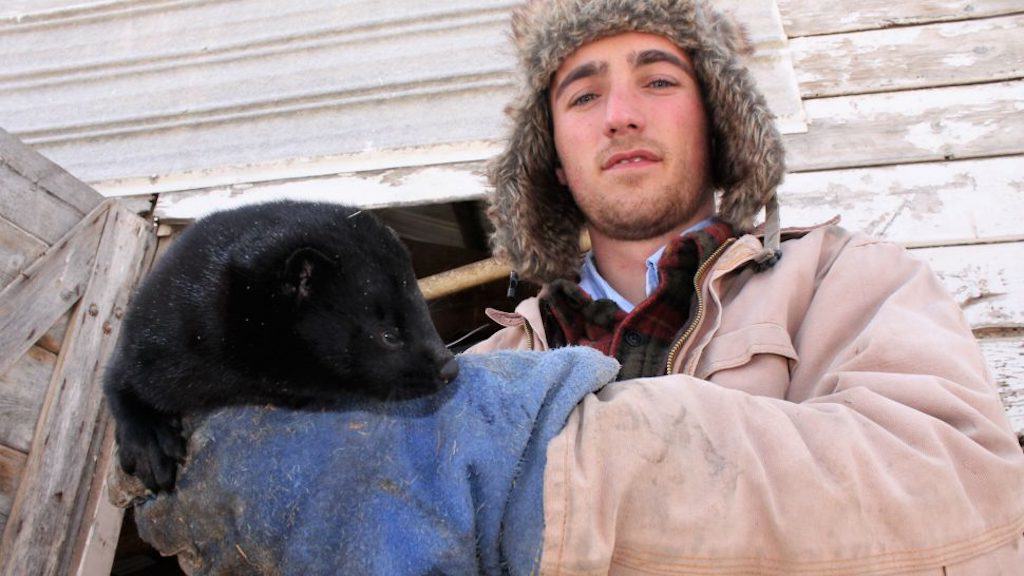
Our favourite story last month came from Minnesota where coyote fur is helping to fight cancer! A lot of creative ways are used to raise money for charity, but this is the first time we’ve heard of a coyote hunting event, appropriately called Coyotes Fur Cancer. A bunch of hunters spend the day stalking the critters, then they bring their catch to a popular gathering spot, Blooming Prairie Cue Company, where their families and friends are tucking into chili. There’s a silent auction and a raffle, the coyotes end up with a buyer, and all the proceeds go to the Blooming Prairie Cancer Group. In its inaugural event last year, Coyotes Fur Cancer raised $17,000, and we’ve heard that this year’s event made $25,000!
Of course, the reason coyote fur currently makes a good fundraiser is the high prices pelts are fetching, buoyed by the popularity of fur-lined parkas. At the first sale of the season by the Ohio State Trappers Association, the Sandusky Register called coyote pelts “the stars of the auction. … Although the softer, paler-colored western fur is preferred, the demand cannot be met without using eastern pelts, too.”
More evidence of the popularity of coyote-lined parkas was seen in Chicago during the recent super-cold snap. Eight people wearing Canada Goose coats had them stolen right off their backs at gunpoint!
Fur-lined parkas are hugely popular in England too. A TruthAboutFur member put boots on the ground there over Christmas, and was astonished to see fur-lined parkas (real and fake) everywhere. See “Brexit, fur-trimmed parkas and trendy vegans in London Town”.
Coyotes also continue to make the news for the wrong reason: their increasing, and sometimes scary, presence in built-up areas. In Destin, Florida, coyotes are now “a really bad problem”, while residents of Myrtle Beach, South Carolina, are alarmed at the increase in coyote sightings.
SEE ALSO: Will urban coyotes change the animal rights debate?
Furbearers in BC, Fishers in Montana

In wild fur news, all is not well in the forests of British Columbia. According to trappers, furbearer populations are declining because prime habitat is being lost to a host of causes, like over-logging, herbicides, wild fires and pine beetles. It’s interesting to note that it is trappers who are sounding the alarm here. They are an important source of information for wildlife managers and conservationists.
SEE ALSO: Trapping and Sustainability, on TruthAboutFur’s website.
Meanwhile, it’s unclear how the Northern Rockies fishers of Montana are doing. A campaign has been launched to ban all trapping in fisher habitat, with supporters saying trapping, including accidental catches, is a serious threat to the species. But a federal study found no evidence of this. The one thing everyone agrees on is they don’t know how many there are.
REMIX, Black Women in Fur

On the fashion front, 10 finalists have been selected to compete in REMIX 2019. This prestigious contest, hosted by the International Fur Federation and supported by Vogue Talents, nurtures young international designers who love working with fur. The final will be held in Milan on February 24. “The new generation is our future,” said Sara Sozzani Maino, deputy editor in chief of Vogue Italia and head of Vogue Talents. “Never before in our history has it been so essential to look at sustainability and start thinking about producing in a sustainable way. REMIX gives designers the opportunity to enhance the concept of sustainability by creating special projects.“
The New York Times ran a piece last month with a take on fur that we’ve not heard before: “A Black Legacy, Wrapped Up in Fur”. Is there really a race angle to anti-fur campaigning? “As soon as black women could afford to buy mink coats, white society and white women said fur was all wrong,” is the claim. Whether you think there’s something to this or not, this will get the grey cells working.
It’s unofficial, but apparently a fur-trimmed coat from Copenhagen-based brand Saks Potts is the “most highly documented coat on all of Instagram.” Says the blog Who What Wear, “Log onto Instagram on any given day and you’d be hard-pressed not to come across one of the many candy-coloured creations styled by fashion girls or worn by one of the brand’s many celebrity fans like Kendall Jenner and Cardi B.”
Industry Overviews

The fur trade strives to educate the public about how we operate, so it’s great when the media help to spread the word. Last month we were spoiled for industry overviews.
The Cache Valley Daily took a look at the state of mink farming in the US through the eyes of an Idaho family and Michael Whelan of Fur Commission USA, with over-production being a particular concern. “Retail sales are as good as they have ever been. We do see light at the end of the tunnel,” Whelan said. “At its peak, there were 80 million pelts on the market. We are down to 40 to 50 (million) pelts this year, more in line with the demand.”
Women’s Wear Daily also did an overview of the fur retail market. Negative news tends to grab the headlines, but sales tell a different story. “While designer labels like Gucci, Burberry and Michael Kors have vowed to go fur-free, the fur trade is estimated to be a $35.8 million business at retail,” it reported.
On the trapping front, have you ever wondered what trappers do with their pelts after they’re dressed and ready for market? And here’s a realistic look at the state of trapping in West Virginia, including why lovers of the pastime still do it. “It is easy to see where the lure (no pun intended) of trapping can get you,” says lifelong outdoorsman Roger Wolfe. “When you are checking your set ups it can feel like Christmas morning. You never know what might be just up around the bend.”










